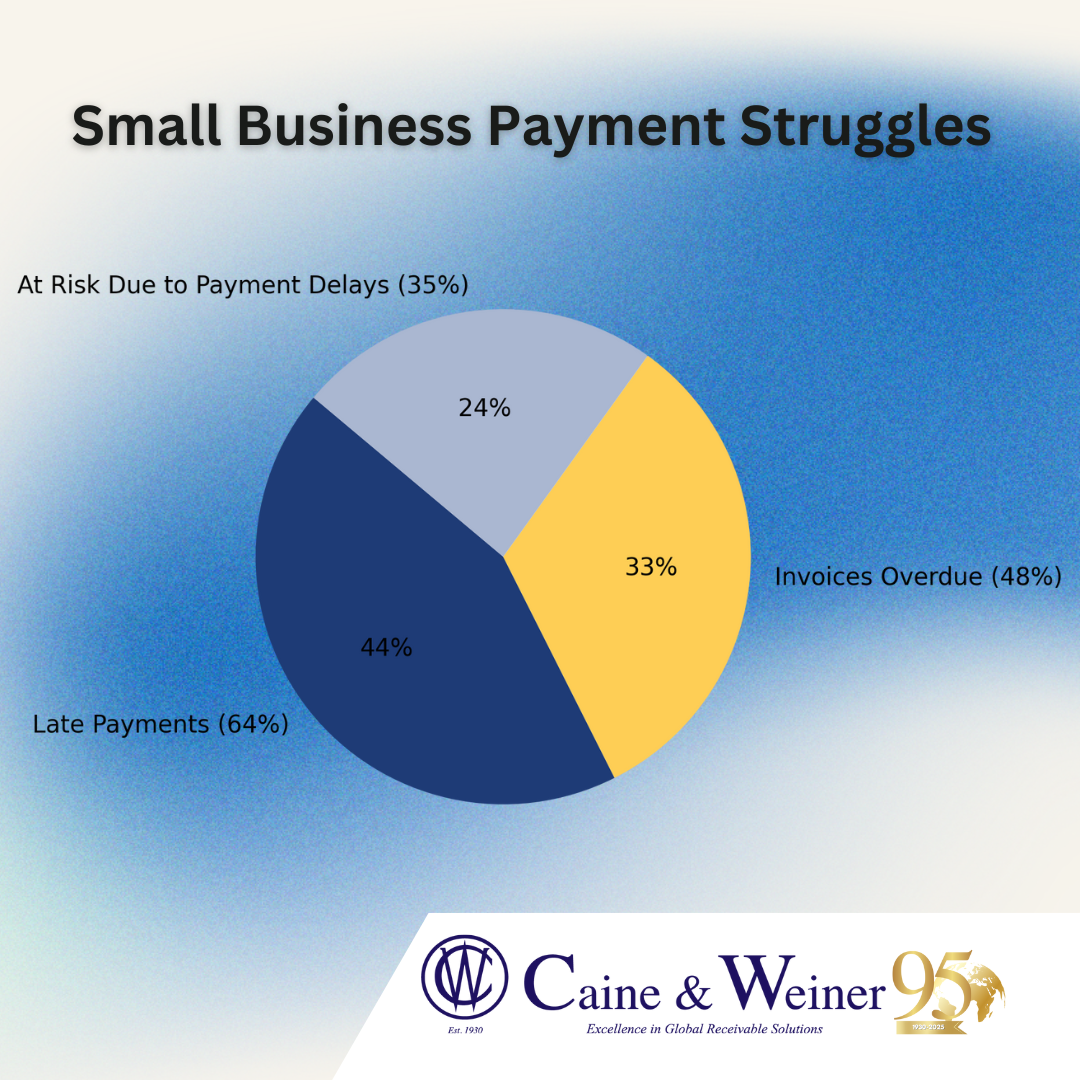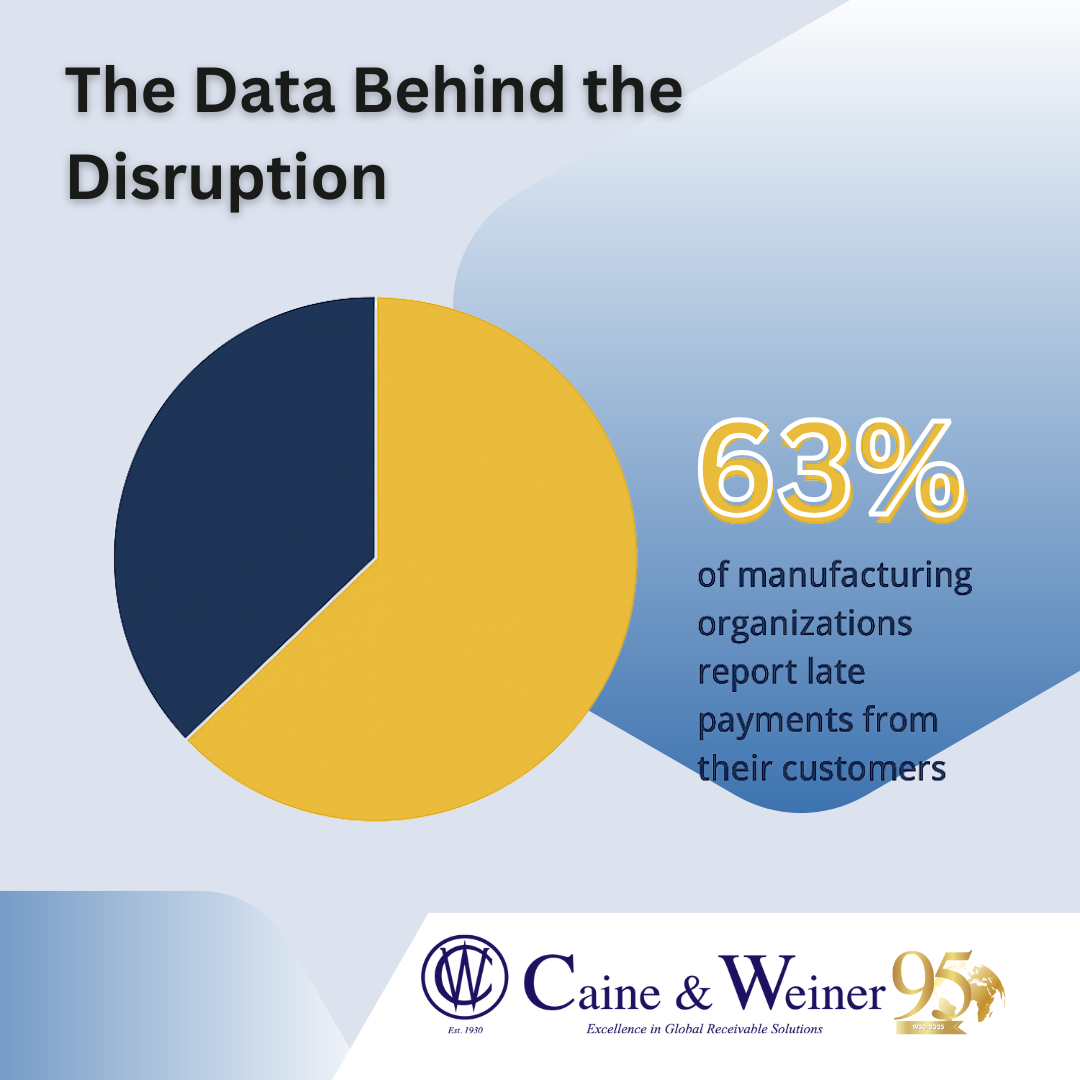When “Add to Cart” Meets “Wait to Pay” Every click tells a story. Somewhere between “Order Confirmed” and “Payment Received” lies a gap that most e-commerce businesses underestimate — until the balance sheet shows it. Welcome to the world of deferred gratification, digital style. The U.S. Census Bureau reports that e-commerce sales hit $304.2 billion in Q2 2025, a 5.3% …
Tech Moves Fast—But Cash Flow Can’t Lag Behind
The Fast Lane Problem In tech, speed is survival. From cloud infrastructure to SaaS platforms, IT companies thrive on rapid innovation. But while revenues have surged 14% year-over-year (Gartner, 2024), another number is rising too: overdue invoices. The Credit Research Foundation found that 54% of U.S. tech firms reported more late B2B payments in 2024, driven by client budget freezes, …
Global Suppliers Squeezed: 55% See Payment Delays
The Numbers Don’t Lie Supply chains are only as strong as the liquidity behind them—but right now, that foundation is cracking. A recent survey by Taulia reveals that 55% of global suppliers are experiencing delayed payments. Put simply, more than half of suppliers worldwide are waiting longer than expected to get paid. And the ripple effect is massive: delayed cash …
B2B AR Pain: Why Late Payments Are Crippling Growth
The Data Behind B2B Cash Flow Struggles If you’ve ever felt like chasing invoices has become a second full-time job, you’re not alone. Globally, over 60% of B2B invoices are paid late, and a staggering 93% of businesses report experiencing late payments in the past year (Atradius, 2024). In the U.S., 55% of B2B invoices are overdue, with about 9% …
Small Biz Squeeze: When Invoice Delays Bring Growth to a Halt
The Hidden Strain on Small Businesses Small businesses are the heartbeat of the U.S. economy — driving 44% of GDP and employing nearly half of the private workforce (SBA, 2024). But behind the “American dream” storefronts, workshops, and startups lies a cash flow story few talk about. According to a 2025 survey, 56% of small businesses are currently owed money …
Late Payments Threaten Production: Caine & Weiner’s Strategic Response
The Data Behind the Disruption The manufacturing sector is facing an urgent financial challenge: 63% of manufacturing organizations report late payments from their customers, placing them among the most at-risk industries for cash flow instability (Upflow, The Wall Street Journal, The Guardian). This isn’t an isolated issue—51% of suppliers globally have experienced delayed payments, creating widespread supply chain uncertainty (Versapay, …
Inventory Sells. Invoices Collect. Caine & Weiner Bridges the Gap
The Numbers Retail Leaders Can’t Ignore Retail is a balancing act—between supply chain agility, inventory turnover, and financial health. Yet, the numbers show a troubling gap: 8.3% of retail sales vanish due to stockouts, and another 4% is lost to invoicing gaps between B2B partners (Financial Times, 2024; Paystand). In the U.S., 55% of B2B invoices are overdue, and 9% …
When Auto Suppliers Wait 60+ Days: The Hidden Threat to Manufacturing Cash Flow
The Real Numbers Behind the Pressure In today’s global supply chain, cash flow isn’t just a finance department concern—it’s a production line priority. And the data proves it: 52% of global manufacturers are grappling with delayed payments that directly threaten their ability to deliver at scale (Atradius). In response, China now requires OEMs to settle invoices with suppliers within 60 …
Stockouts Aren’t Your Only Cost—4% of Sales Leak Through B2B Collection Gaps
The Retail Trifecta: Inventory, Transactions, Receivables In the fast-paced world of retail, profitability depends on precision—from warehouse to register. But here’s the sobering reality: 8.3% of potential retail sales are lost due to stockouts alone (Financial Times, 2024). On the B2B side, it’s no better: 55% of invoices are overdue and 9% go entirely unpaid (Kaplan Collection Agency, 2023). Another …
Distribution Disrupted: Why Skyrocketing Credit Card Debt Hits Your Supply Chain
Big alert: U.S. credit card debt just hit an all-time high, topping $930 billion in 2025 . That means more consumers and small businesses—perhaps even some in your customer base—are leaning heavily on plastic to stay afloat. But what does that have to do with you, and your 18-wheeler logistics? Consumer Debt Meets Wholesale Workflow When buyers (retailers, subcontractors, mom-and-pop …
- Page 1 of 2
- 1
- 2









